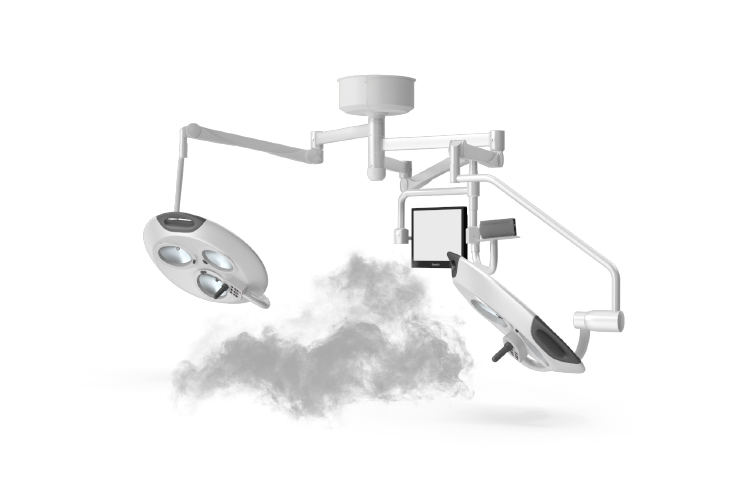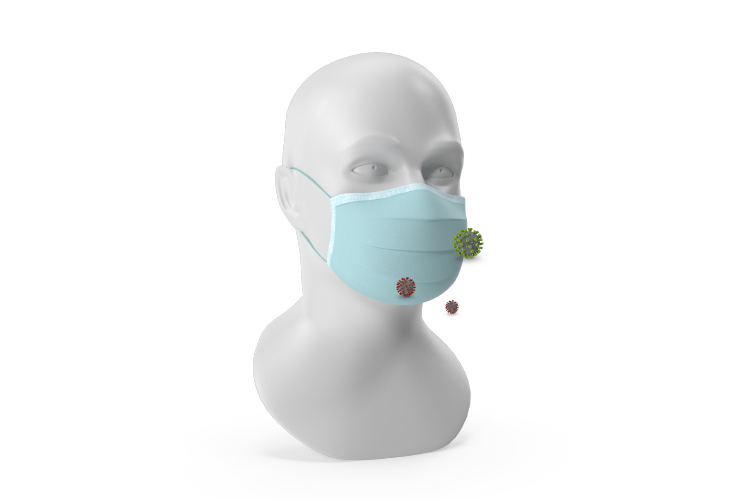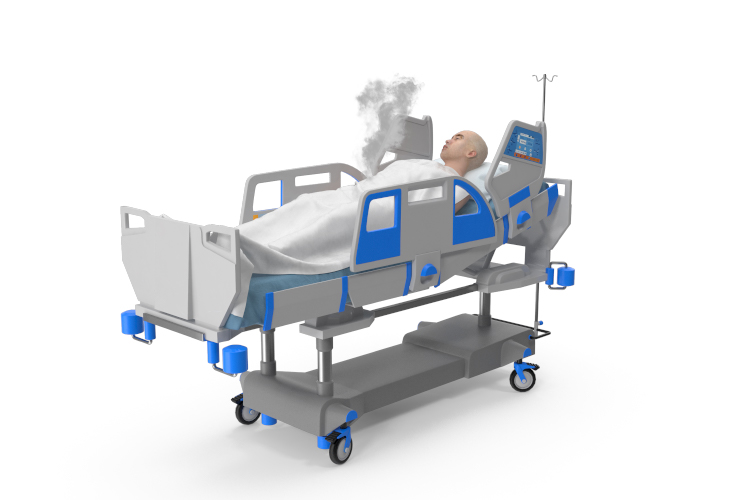
Our distinctive products protect Surgeons, Operating Room Team and Patients from the hazardous surgical smoke.
Surgical smoke is generated during surgeries due to usage of electrosurgical processes causing thermal destruction of tissues.
Surgical smoke contains chemicals, blood and tissue particles, bacteria and viruses, which has been shown to exhibit potential risks for surgeons, nurses and technicians in the operation room due to long term exposure of smoke. The patient might also suffer due to exposure to surgical smoke.
Approximately 150 different chemicals have been identified in surgical smoke, including carbon monoxide, hydrogen cyanide, acrylonitrile, formaldehyde and benzene.
Viable bacteria and Infectious viruses such as HIV (human immunodeficiency virus), HBV (hepatitis B virus) and HPV (human papillomavirus) have also been detected in surgical smoke.
Various scholarly articles state that exposure of 1 gm of tissue is equivalent to smoking 3 to 6 cigarettes. Based on interaction of various surgeons, the amount of smoke they face daily is equivalent to smoking 27 to 30 cigarettes, without filter.
Headaches, watery eyes, cough, burning throat, nausea, offensive odor, drowsiness, dizziness, sneezing and rhinitis.
Surgical smoke has been demonstrated to harbor contagious, viable malignant cells, and even to contain live bacteria and viruses, including HPV and human immunodeficiency virus all of which may induce great damage to the persons exposed to it.
Smoke may induce acute and chronic inflammatory changes, including alveolar congestion, interstitial pneumonia, bronchiolitis, and emphysematous changes in the respiratory tract.
The chemical compounds found in the smoke contain acetaldehyde, acrolein, acrylonitrile, benzene, cyclohexanone, formaldehyde, furfural, polyaromatic hydrocarbons, styrene, toluene and xylene, which have been classified as carcinogens (cancerous or leading to cancer) by the IARC (International Agency for Research on Cancer) & Mutagenic changing the DNA.
Smoke contains various bacteria & viruses like HPV (Human Papillomavirus) of over 100 varieties, Corona, Hepatitis etc. and the list is going on with latest medical research.

Smoke evacuation is the ability to capture the smoke generated at the surgical site and route it to a collection site. Traditional methods used to protect from OR surgical smoke have limitations. A smoke evacuation device is a machine that / takes inhales the surgical smoke and disinfects using various mechanism.



EFC Prime, Mumbai Bangalore Highway, Baner Pune, Maharshtra, India - 411045